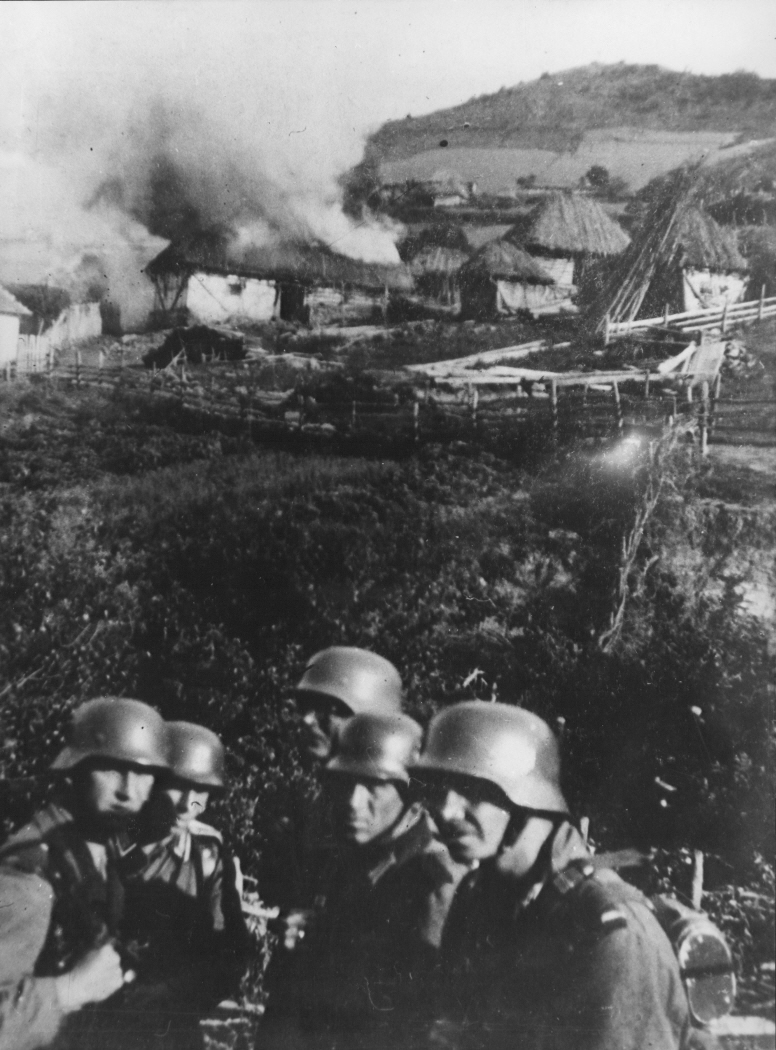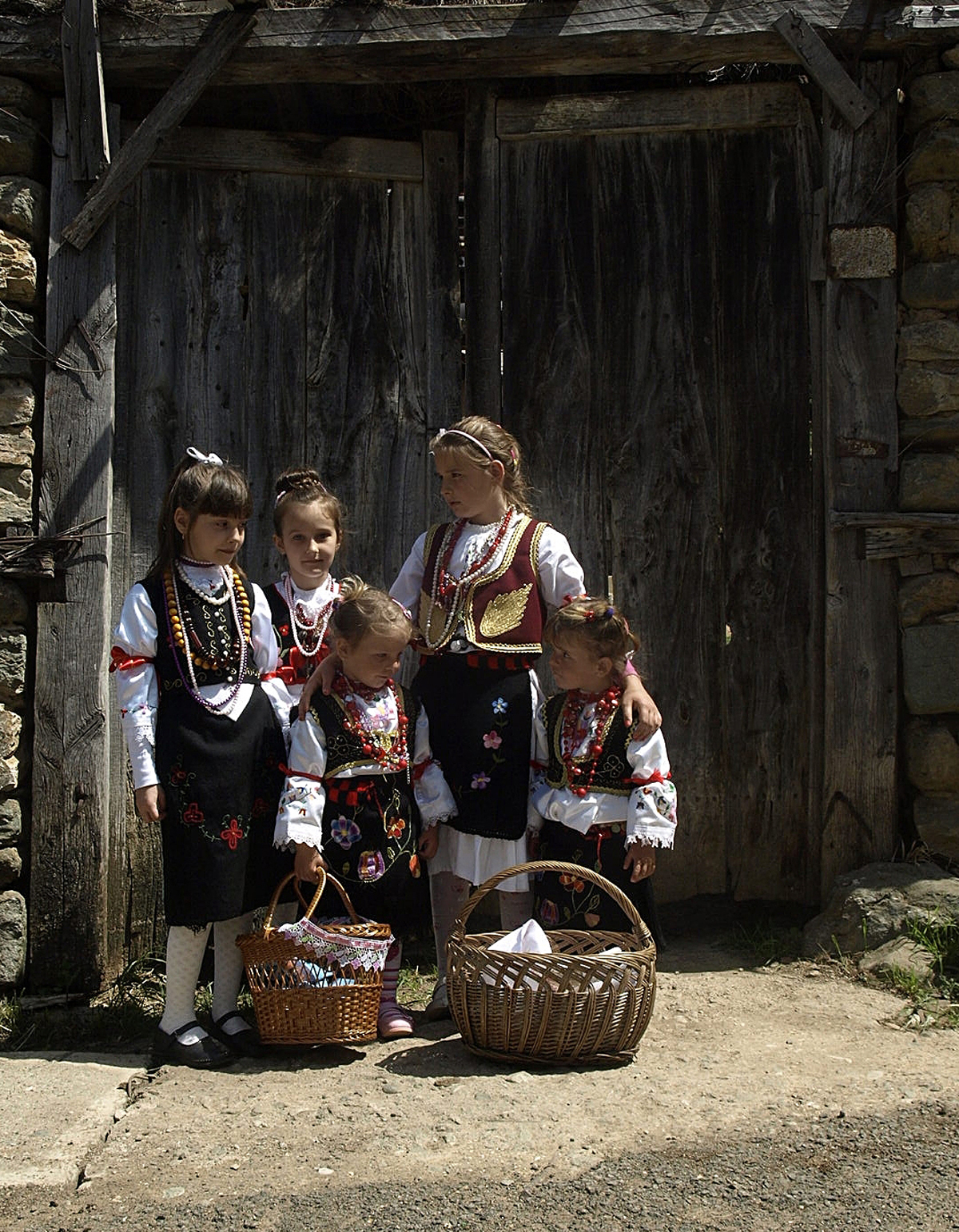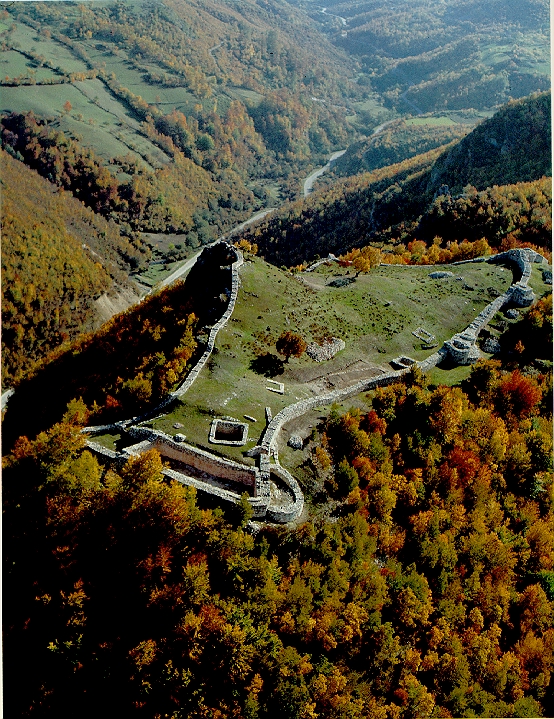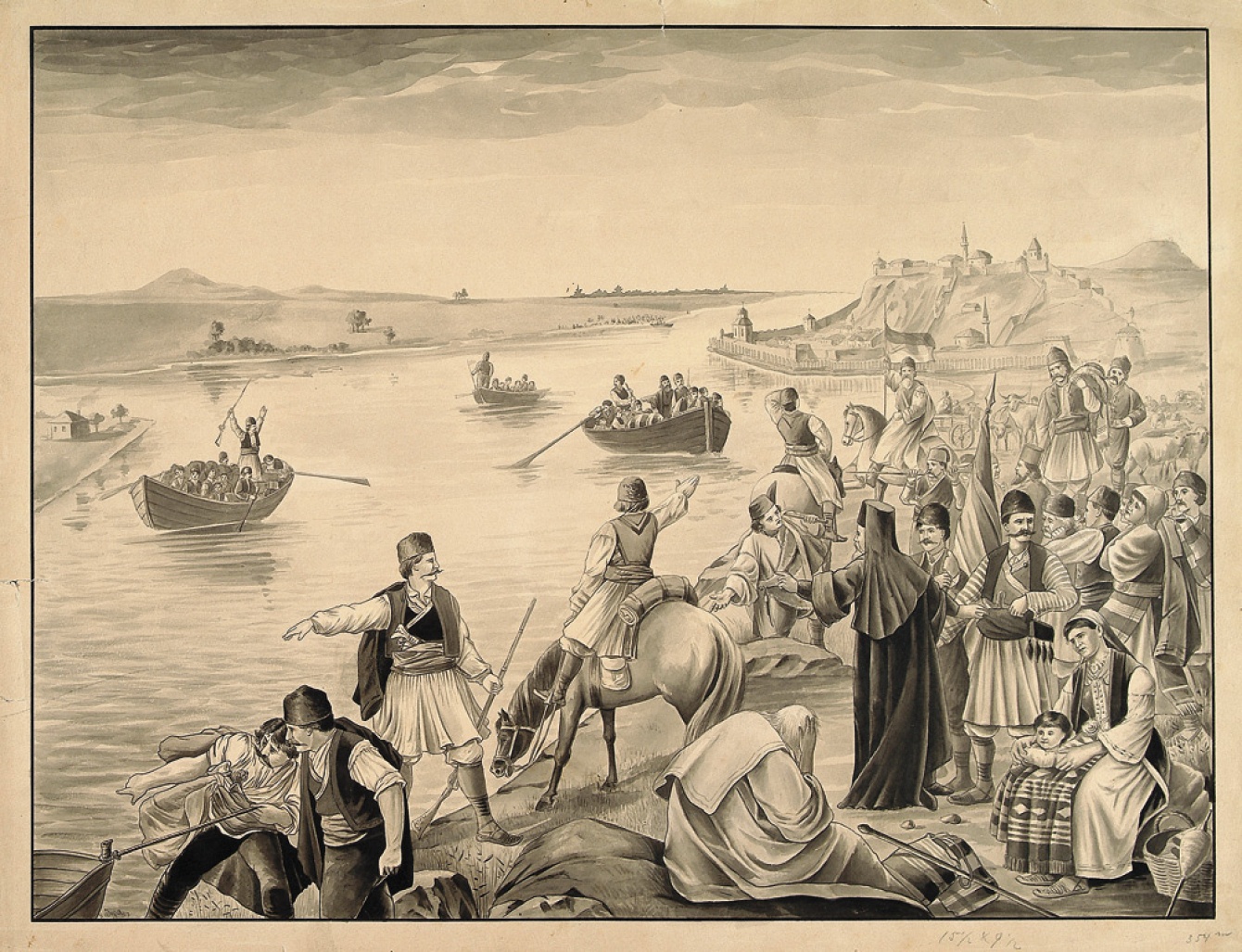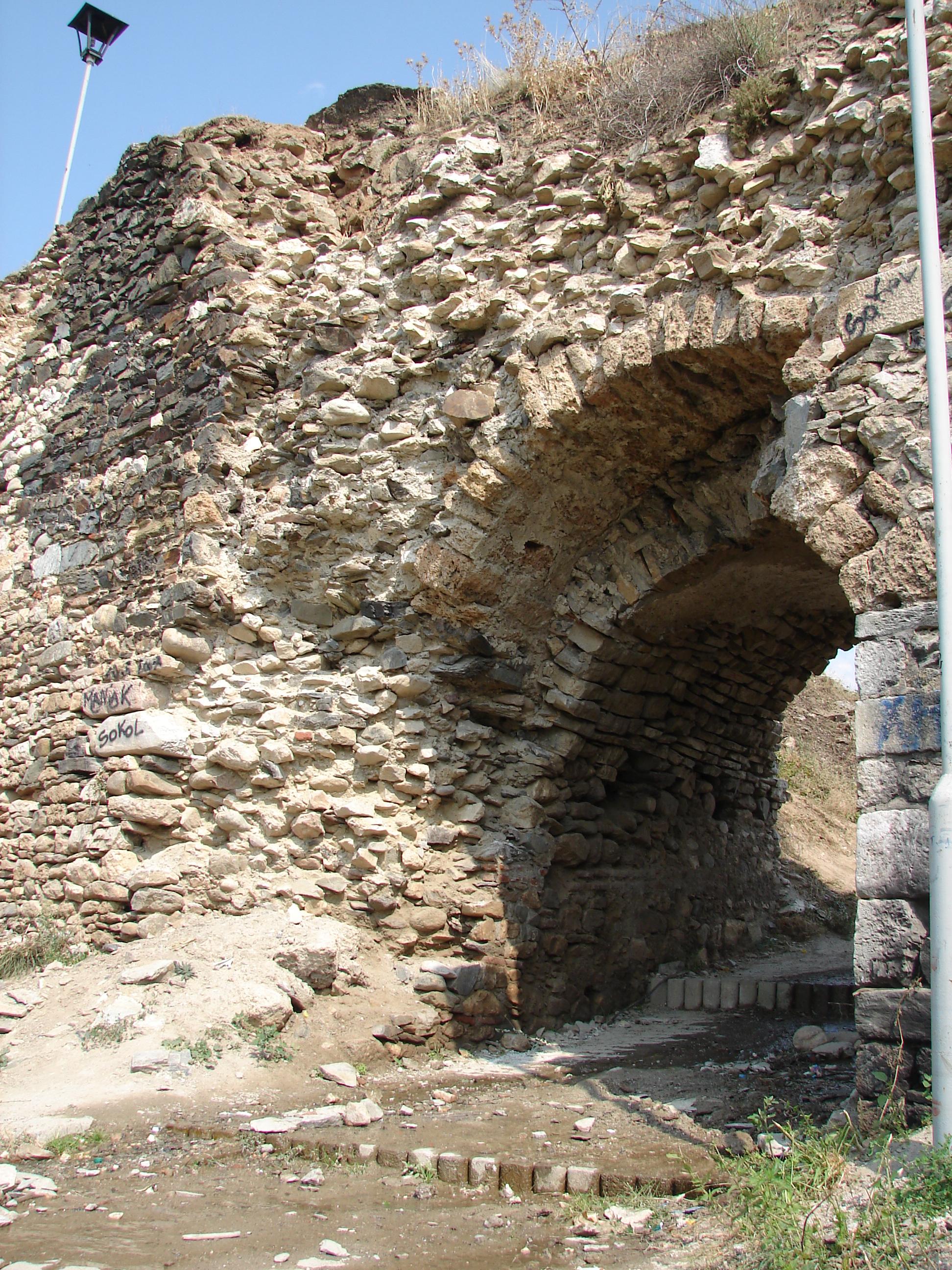|
Kosovo Serbs
Kosovo Serbs form the largest ethnic minority group in Kosovo (5–6%). The precise number of Kosovo Serbs is difficult to determine as they have boycotted national censuses. However, it is estimated that there are about 95,000 of them, nearly half of whom live in North Kosovo. Other Serbian enclaves in Kosovo, Kosovo Serb communities live in the Southern municipalities of Kosovo. The medieval Kingdom of Serbia (medieval), Kingdom of Serbia (1217–1346) and the Serbian Empire (1346–1371) included parts of the territory of Kosovo until its annexation by the Ottomans following the Battle of Kosovo (1389), considered one of the most notable events of Serbian history. Afterwards, it was a part of the Serbian Despotate. Modern Serbian historiography considers Kosovo in this period to be the political, religious and cultural core of the Medieval Serbia, medieval Serbian state. In the History of the Balkans#Late Middle Ages, Ottoman period (1455–1913), the situation of the Serb p ... [...More Info...] [...Related Items...] OR: [Wikipedia] [Google] [Baidu] |
Štrpce
Štrpce (Serbian Cyrillic alphabet, Serbian Cyrillic: Штрпце) or Shtërpcë ( sq-definite, Shtërpca) is a List of cities in Kosovo, town and Municipalities of Kosovo, municipality located in the District of Ferizaj, Ferizaj District in Kosovo. As of 2015, it has an estimated population of 13,630 inhabitants. History Middle Ages In Medieval Serbia, the ''župa'' (county, district) of Sirinić (Sirinićka župa), first mentioned in a 13th-century charter, covered the whole of modern Štrpce municipality, having the towns of Gradište (site in Brezovica) and Zidinac (site in Gotovuša). Several remains of Byzantine forts exist in the region. At the top of the Čajlije hill, above the mouth of the Piljevac creek of the Lepenac river, there exists the remains of the Gradište fort, which has two layers, the first from the 6th century, and the second from the 13th century. The fort is in ruins, of which a donjon tower, and outlines of other buildings, can be identified. The entranc ... [...More Info...] [...Related Items...] OR: [Wikipedia] [Google] [Baidu] |
Small Arms Survey
The Small Arms Survey (SAS) is an independent research project located at the Graduate Institute of International and Development Studies in Geneva, Switzerland. It provides information on all aspects of small arms and armed violence, as a resource for governments, policy-makers, researchers, and activists, as well as research on small arms issues. The survey monitors national and international initiatives (governmental and non-governmental), and acts as a forum and clearinghouse for the sharing of information. It also disseminates best practice measures and initiatives dealing with small arms issues. SAS's mandate is to look at all aspects of small arms and armed violence. It provides research and analysis by which to support governments to reduce the incidence of armed violence and illicit trafficking through evidence-based analysis. The project's staff includes international experts in security studies, political science, law, international public policy, development studie ... [...More Info...] [...Related Items...] OR: [Wikipedia] [Google] [Baidu] |
Medieval Serbia
The medieval period in the history of Serbia began in the 6th century with the Slavic migrations to Southeastern Europe, and lasted until the Ottoman Serbia, Ottoman conquest of Serbian lands in the second half of the 15th century. The period is also extended to 1537, when Pavle Bakić, the last titular Despot of Serbia in Hungarian exile, fell in the Battle of Gorjani. At the time of settling, Serbs were already transitioning from a tribal community into a feudal society. The first Serbian state with established political identity was founded by prince Vlastimir in the mid-9th century. It was followed by other Serbian proto states, unstable due to the constant clashes with the First Bulgarian Empire, Bulgarians, Principality of Hungary, Hungarians and Byzantine Empire, Byzantines, and by the conflict between Catholic Church, Rome and Ecumenical Patriarchate of Constantinople, Constantinople regarding the Christianization of Serbs, Christianization with the Byzantines getting th ... [...More Info...] [...Related Items...] OR: [Wikipedia] [Google] [Baidu] |
Serbian Historiography
Serbian historiography ( sr-Cyrl, српска историографија, srpska istoriografija) refers to the historiography (methodology of history studies) of the Serb people since the founding of Serbian statehood. The development can be divided into four main stages: traditional historiography, Ruvarac's critical school, Communist–Marxist legacy, and the renewed Serbian national movement. Medieval Serbian historiography Modern Serbian historiography Jovan Rajić (1726–1801) was the forerunner to modern Serbian historiography, and has been compared to the importance of Nikolay Karamzin to Russian historiography. The foundations of Serbian ecclesiastical historiography were laid by Bishop Nikodim Milaš (1845–1915). Ilarion Ruvarac (1832–1905) is regarded the founder of the critical school of Serbian historiography. Ruvarac's school clashed with that of Panta Srećković (1834–1903). Serbian historiography was mostly focused on national issues durin ... [...More Info...] [...Related Items...] OR: [Wikipedia] [Google] [Baidu] |
Serbian Despotate
The Serbian Despotate () was a medieval Serbian state in the first half of the 15th century. Although the Battle of Kosovo in 1389 is mistakenly considered the end of medieval Serbia, the Despotate, a successor of the Serbian Empire and Moravian Serbia, lasted for another sixty years, experiencing a cultural, economic, and political renaissance, especially during the reign of Despot Stefan Lazarević. After the death of Despot Đurađ Branković in 1456, the Despotate continued to exist for another three years before it finally fell under Ottoman rule in 1459. After 1459, political traditions of the Serbian Despotate continued to exist in exile, in the medieval Kingdom of Hungary, with several titular despots of Serbia, who were appointed by kings of Hungary. The last titular Despot of Serbia was Pavle Bakić, who fell in the Battle of Gorjani in 1537. History Origins After Prince Lazar Hrebeljanović was killed in the Battle of Kosovo on June 28, 1389, his young son Stefan ... [...More Info...] [...Related Items...] OR: [Wikipedia] [Google] [Baidu] |
Serbian History
The history of Serbia covers the historical development of Serbia and of its predecessor states, from the Early Stone Age to the present state, as well as that of the Serbian people and of the areas they ruled historically. Serbian habitation and rule has varied much through the ages, and as a result the history of Serbia is similarly elastic in what it includes. After early Slavs first appeared in the Balkans in the 6th and 7th centuries, they mixed with local Byzantine subjects, descendants of Paleo-Balkan tribes, such as the Thracian, Dacian, Roman, Illyrian and former Roman colonists. The First Serbian Principality was established in the 8th century by the Vlastimirovići dynasty ruling over modern-day Montenegro, Bosnia, Dalmatia, and Serbia. It evolved into a Grand Principality by the 11th century, and in 1217 the Kingdom and national church (Serbian Orthodox Church) were established, under the Nemanjić dynasty. In 1345 the Serbian Empire was established, spanning m ... [...More Info...] [...Related Items...] OR: [Wikipedia] [Google] [Baidu] |
Battle Of Kosovo
The Battle of Kosovo took place on 15 June 1389 between an army led by the Serbian Prince Lazar Hrebeljanović and an invading army of the Ottoman Empire under the command of Sultan Murad I. It was one of the largest battles of the Late Middle Ages. The battle was fought on the Kosovo field in the territory ruled by Serbian nobleman Vuk Branković, in what is today Kosovo, about northwest of the modern city of Pristina. The army under Prince Lazar consisted mostly of his own troops, a contingent led by Branković, and a contingent sent from Bosnia by King Tvrtko I, commanded by Vlatko Vuković. Additionally, Lazar was also supported by a Christian coalition from various European ethnic groups. Prince Lazar was the ruler of Moravian Serbia and the most powerful among the Serbian regional lords of the time, while Branković ruled the District of Branković and other areas, recognizing Lazar as his overlord. Reliable historical accounts of the battle are scarce. The bulk of ... [...More Info...] [...Related Items...] OR: [Wikipedia] [Google] [Baidu] |
Serbian Empire
The Serbian Empire ( sr-Cyrl-Latn, Српско царство, Srpsko carstvo, separator=" / ", ) was a medieval Serbian state that emerged from the Kingdom of Serbia. It was established in 1346 by Dušan the Mighty, who significantly expanded the state. During Dušan's rule, Serbia was one of the most powerful European states and, the most powerful in Southeast Europe. It was an Eastern Orthodox multi-ethnic and multi-lingual empire that stretched from the Danube in the north to the Gulf of Corinth in the south, with its capital in Skopje. Dušan also promoted the Serbian Archbishopric to the Serbian Patriarchate. In the Serbian Empire, the region of Kosovo was the most prosperous and densely populated area, serving as a key political, religious, and cultural center. Dušan's son and successor, Uroš the Weak, struggled to maintain his father's vast empire, gradually losing much of the conquered territory - hence his epithet. The Serbian Empire effectively ended wit ... [...More Info...] [...Related Items...] OR: [Wikipedia] [Google] [Baidu] |
Kingdom Of Serbia (medieval)
The Kingdom of Serbia was a country located in the Balkans which was created when the ruler of the Principality of Serbia, Milan I, was proclaimed king in 1882. Since 1817, the Principality was ruled by the Obrenović dynasty (replaced by the Karađorđević dynasty for a short time). The Principality, under the suzerainty of the Ottoman Empire, '' de facto'' achieved full independence when the very last Ottoman troops left Belgrade in 1867. The Congress of Berlin in 1878 recognized the formal independence of the Principality of Serbia, and in its composition Nišava, Pirot, Toplica and Vranje districts entered the South part of Serbia. In 1882, Serbia was elevated to the status of a kingdom, maintaining a foreign policy friendly to Austria-Hungary. Between 1912 and 1913, Serbia greatly enlarged its territory through engagement in the First and Second Balkan Wars – Sandžak-Raška, Kosovo Vilayet and Vardar Macedonia were annexed. At the end of World War I in 19 ... [...More Info...] [...Related Items...] OR: [Wikipedia] [Google] [Baidu] |
Brill Nijhoff
Brill Academic Publishers () is a Dutch international academic publisher of books, academic journals, and databases founded in 1683, making it one of the oldest publishing houses in the Netherlands. Founded in the South Holland city of Leiden, it maintains its headquarters there, while also operating offices in Boston, Paderborn, Vienna, Singapore, and Beijing. Since 1896, Brill has been a public limited company (). Brill is especially known for its work in subject areas such as Oriental studies, classics, religious studies, Jewish studies, Islamic studies, Asian studies, international law, and human rights. The publisher offers traditional print books, academic journals, primary source materials online, and publications on microform. In recent decades, Brill has expanded to digital publishing with ebooks and online resources including databases and specialty collections varying by discipline. History Founding by Luchtmans, 1683–1848 On 17 May 1683, the Leiden bookselle ... [...More Info...] [...Related Items...] OR: [Wikipedia] [Google] [Baidu] |
Kosovo Force
The Kosovo Force (KFOR) is a North Atlantic Treaty Organization, NATO-led international NATO peacekeeping, peacekeeping force and military of Kosovo. KFOR is the third security responder, after the Kosovo Police and the EU Rule of Law (European Union Rule of Law Mission in Kosovo, EULEX) mission, respectively, with whom NATO peacekeeping forces work in close coordination. Its operations are gradually reducing until the Kosovo Security Force, established in 2009, becomes self-sufficient. KFOR entered Kosovo on 12 June 1999, one day after the United Nations Security Council adopted the United Nations Security Council Resolution 1244, UNSC Resolution 1244. At the time, Kosovo was facing a grave humanitarian crisis, with Military of Serbia and Montenegro, military forces from Serbia and Montenegro, Yugoslavia in action against the Kosovo Liberation Army (KLA) in daily engagements. Nearly one million people had fled Kosovo as refugees by that time, many of whom left permanently. Curr ... [...More Info...] [...Related Items...] OR: [Wikipedia] [Google] [Baidu] |
North Atlantic Treaty Organization
The North Atlantic Treaty Organization (NATO ; , OTAN), also called the North Atlantic Alliance, is an intergovernmental transnational military alliance of 32 member states—30 European and 2 North American. Established in the aftermath of World War II, the organization implements the North Atlantic Treaty, signed in Washington, D.C., on 4 April 1949. NATO is a collective security system: its independent member states agree to defend each other against attacks by third parties. During the Cold War, NATO operated as a check on the threat posed by the Soviet Union. The alliance remained in place after the dissolution of the Soviet Union and the Warsaw Pact, and has been involved in military operations in the Balkans, the Middle East, South Asia, and Africa. The organization's motto is . The organization's strategic concepts include deterrence. NATO's main headquarters are located in Brussels, Belgium, while NATO's military headquarters are near Mons, Belgium. The a ... [...More Info...] [...Related Items...] OR: [Wikipedia] [Google] [Baidu] |
